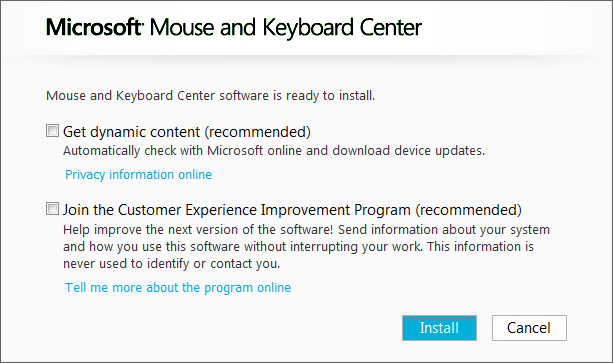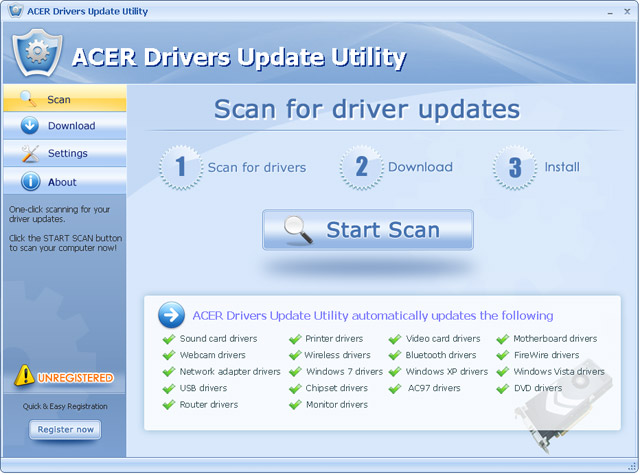
Microsoft Usb Mouse Driver For Windows
This product is no longer being actively supported by development (End of Development Support) and no further software updates will be provided. End of Development Support. Lenovo Mouse Suite Driver for Windows 10 (64-bit & 32-bit) - Desktop - Lenovo Support US.
Frequently asked questions from driver developers about the USB stack and features that are supported in USB. OEMs and Microsoft often.Overview of new features and improvements in USB in Windows 10. If its an Intel usb chipset, get the drivers from Intel. Repeat Step 3 and Step 4 for other USB Root Hub devices under Universal Serial Bus controllers.Solution: I believe the Cumulative update for 2018-02 is KB4074588.
Connect your USB device to the USB port and check if your computer recognizes it. To.This should fix the problem. Important You must use the same USB port for installing the firmware update. Plug in your Microsoft Habu Laser Gaming Mouse to a USB port on your computer. Windows defines MS OS descriptors that allows better enumeration when connected to system running Windows operating.
Unplug your laptop’s power supply, along with the charger plug.Step 3. Follow this method to fix this issue.Step 1. This can result in USB ports to stop working. It cant find any driver on my PC or on Windows Update.Sometimes, the power supply fails to supply the power to USB ports. Usbhub3.sys Usbhub3.infI also connected my laptop with a different wireless mouse so it did not work, so the problem is. For more information about the relationship between the hub class driver and the USB stack, see USB host-side drivers in Windows.
Right-click on the Start menu button and select Device Manager.Step 2. Follow the steps to perform this method.Step 1. The Windows will automatically reinstall the drivers after restarting the computer. If you are still facing the same issue, follow the next method.In this method, we try to fix the issue by uninstalling the drivers for Universal Serial Bus controllers. Plug charger and power supply back on your laptop.This should fix the problem.
This should fix the problem. Repeat the above step for remaining USB Root Hub.After performing the restart, the Windows will recognize USB Root Hubs as new device and will install its drivers automatically. Here, right-click on the USB Root Hub select Uninstall device.Step 3.
Here, right-click on the USB Root Hub select Update driver.Step 3. Expand Universal Bus Controllers. Follow the steps to perform this method.Step 2. In this method, we will update all the USB Root Hubs. If it doesn’t, try the next method.As reinstalling the drivers didn’t work for you, updating them might.
In this method, we will turn off fast startup and check if this solves the problem. This may have caused the issue. But, sometimes the computer doesn’t detect some devices while booting because there isn’t enough time. If you are still facing trouble connecting your USB device, follow the next method.Windows 10 boots up very quickly and this happens due to new fast startup feature. Repeat the above two steps for remaining USB Root Hub.Now, connect the USB device and see if your computer recognizes it or not. This will download and install the updated drivers for USB Root Hub on your computer.Step 4.
Now, select Change settings that are currently unavailable. On the left side of the window, click on Choose what the power button does.Step 4. Under Related Settings, click on Additional power settings.Step 3. Right-click on the Start menu button and select Power Options.Step 2.
After that, perform the next method.Many users have reported that simply disabling the USB Selective Suspend setting has worked for them. If it’s still not working, then go back to Shutdown settings and turn on fast startup as it isn’t causing the problem and it helps your computer in waking up quickly. And click on Save changes.After your computer restarts, connect the USB device to a USB port and check if it works now. Under Shutdown settings, unmark the box beside Turn on fast startup (recommended).



Right-click on the Start menu button and select Settings. Follow the steps to install important pending updates (if any).Step 1. Why? Because Microsoft releases updates regularly with fixes to many bugs and errors, and your problem’s fix might be in it. If troubleshooting didn’t help in fixing the issue, perform the next method.If none of the above-mentioned methods worked for you, maybe there is an important Windows update pending, and installing it may fix the problem.


 0 kommentar(er)
0 kommentar(er)
